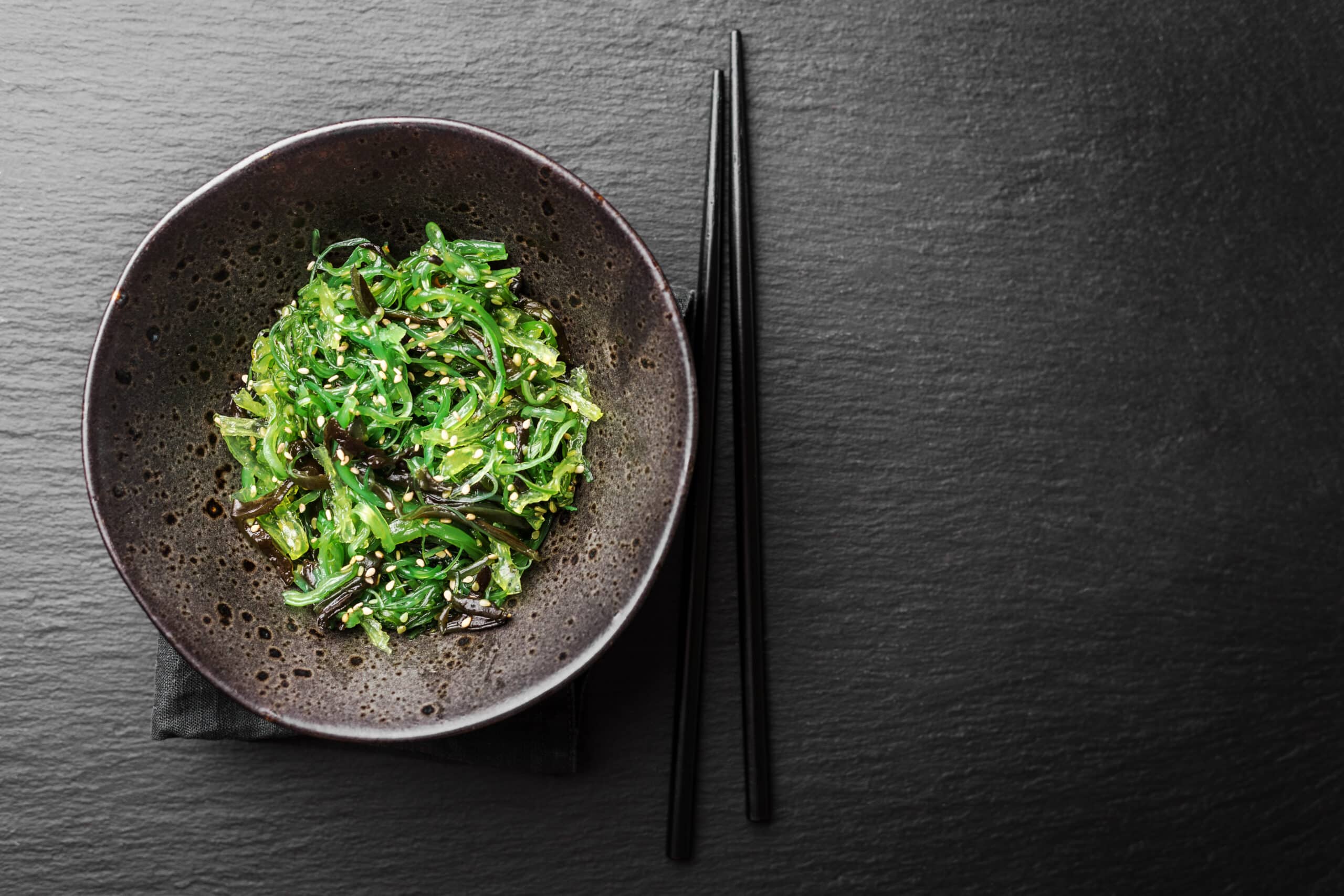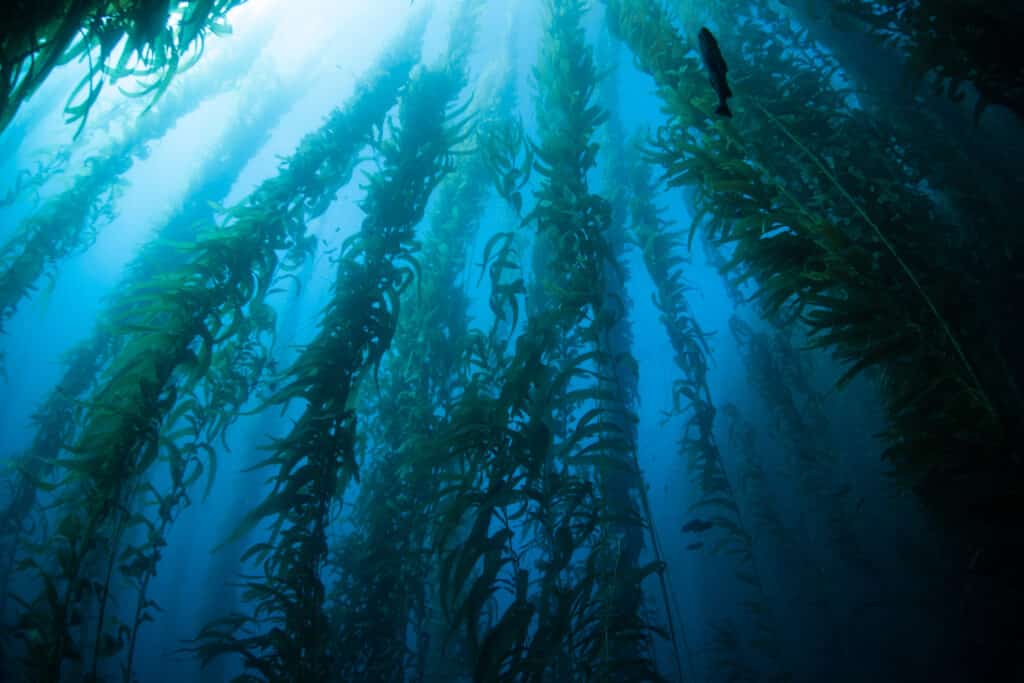No, they don’t exactly have a good reputation. No surprise. In some places on our planet, they develop to a true plague through their sometimes large-scale appearance. They damage the immediate environment, are even dangerous and have far-reaching consequences such as oxygen depletion for other organisms in water bodies (“dead zones”) or a decline in tourism. For science, on the other hand, they are an extremely exciting field of research. And from an entrepreneurial point of view, they are even regarded as the raw material of the future. Exactly, they are algae, which at first glance combine these partly contrary potentials. In the following first part of the two-part blog article about algae, the reader will learn about the many possibilities it offers in the fields of medicine, pharmaceuticals, cosmetics, and food.
Very adaptable
The (collective) name alga derives from the Latin term “alga”, which means as much as “seaweed”. This includes many different creatures living in the water that carry out photosynthesis. Algae can mostly be found in light-permeated areas of the sea and in all freshwater habitats. Algae are a term used to describe many different types of organisms. Among the single- and multicellular plants there are not only blue-green algae (actually cyanobacteria), plants on the water bottoms, micro- or macro-algae (seaweed), but also adapted algae that live outside the water.
Oldest plant organisms on earth
For example, air algae on tree trunks or on rocks, ground algae in or on soils or snow algae. Some algae carry out photosynthesis but obtain part of their biomass from the consumption of bacterioplankton. In addition, algae also form symbioses, for example with fungi. Algae are among the oldest plant organisms on earth. Cyanobacteria and algae were the Earth’s first oxygen-producing organisms around 3.5 billion years ago. They are credited with having transformed the toxic urate atmosphere into an oxygen-rich one through photosynthesis. The unfolding of animal life on the planet was only made possible by them.
Algae as a danger
Overall, the number of different algae species that exist today worldwide is unknown. Estimates range from around 30,000 to more than one million species. And under certain circumstances, the plants can even become dangerous for humans, animals, and other plants. Some algae produce a neurotoxin that can kill mammals and birds. Others, with their sheer mass and decomposition process, extract oxygen from the water that other living organisms need.
Nevertheless, both science and industry see enormous potential in algae. In many ways. Against this background, it is hardly surprising that algae and their constituents can be used for a variety of purposes. The algae are extracted from plants in which algae are cultivated, but also directly from the oceans.

Algae as food and cosmetics
Currently, about 160 species are industrially processed and used. Up to ten million tons of algae are fished from the oceans year after year – mostly from aquacultures in Asian waters. Algae are now used in cosmetics, medicine, pharmaceuticals, and the food industry. Now that this knowledge has long been known and used in the Asian region, marketing and use are also beginning to increase in the West. In this context, algae production could become an important industry in the medium to long term.
9 million tons of algae are consumed annually in Asia
So there are also some algae farms in this country meanwhile. For example on Sylt, from where the plants are sold directly to restaurants. However, red algae are known throughout Germany for their sushi. While in Asia already about 9 million tons of algae are worshipped annually, one finds real algae specialties in this country so far only in Asia shops or Sushi bars. Algae have also long been used for bread, yogurt, wine, and crackers. In France, a type of green algae is used for cooking. No wonder, as it is nutritious and contains a lot of magnesium, calcium, and vitamins A, B12 and C.
The medical and pharmaceutical industry still in basic research

In addition to the multitude of nutrients such as vitamins and minerals, algae also possess a large spectrum of pharmaceutical active ingredients and basic substances. But for the most part, the medical and pharmaceutical industries are still engaged in basic research. The use of algae extracts as pharmaceuticals on the market cannot yet be foreseen, but algae extracts have been used as food additives and food supplements for some time.
In addition, around 50 types of algae are now used globally for cosmetic applications. The natural active ingredients of algae, their minerals and nutrient complexes, for example, are said to be a promising remedy for skin aging and stress symptoms. The high iodine content is effective against cellulite and stimulates the metabolism, mineral salts would purify, zinc and vitamins tighten the skin, is to be read more and more frequently.
The pigments in the algae can also be used and could be a more environmentally friendly alternative to ink in the future as they are more biodegradable. Other options for processing algae are cellulose or gelling and thickening agents.
Read the second part of this blog article to find out why algae are becoming increasingly popular in both research and industry.
Pharmaceutical Single-use Technologies: An Environmental Trade-off?
KBC presents the latest solutions for energy efficiency management




